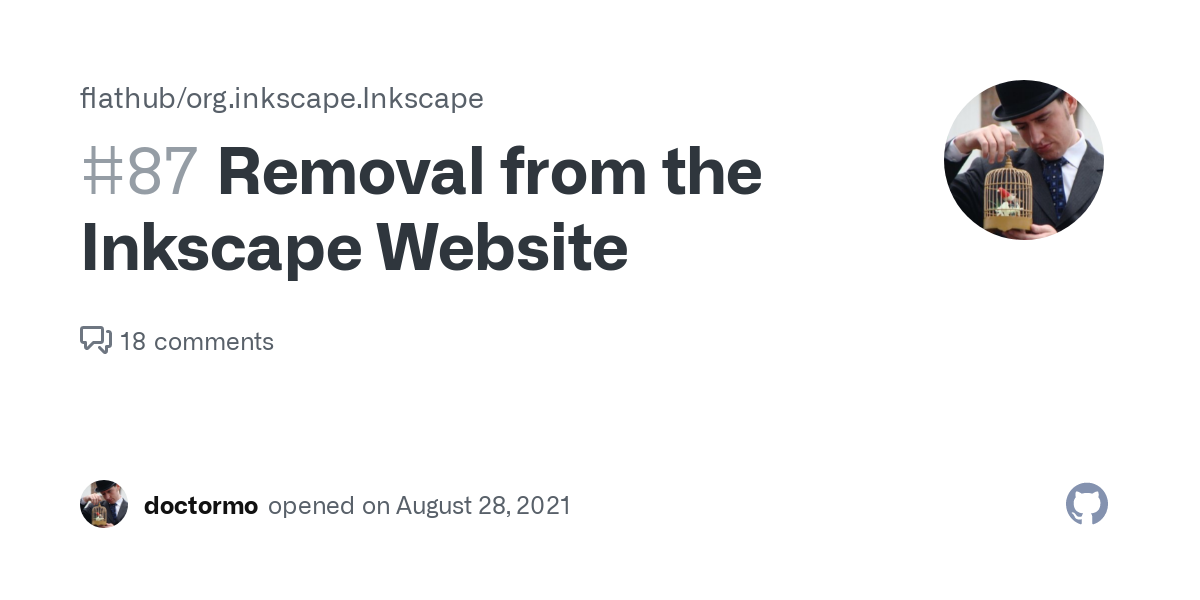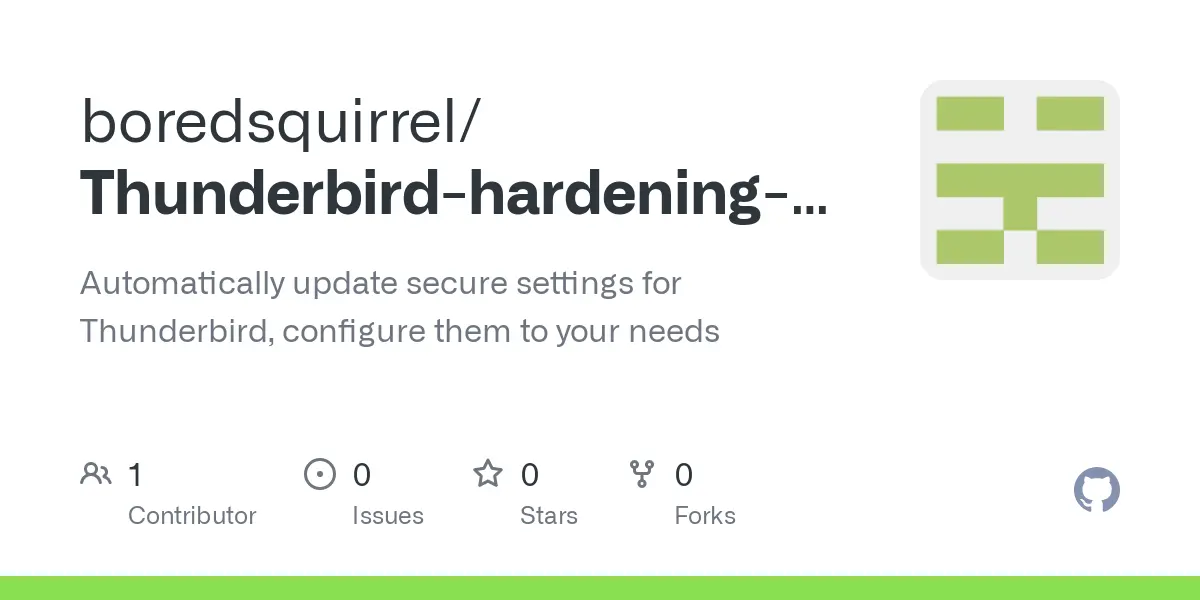Well I dont have swap XD I should really make one
boredsquirrel
If you like what I do, send me some Monero:
87ZN8URUY1M6GoXpxou4siDKJkLbLKDhT2RScrauzd4gbRyKgoY2ZX3Ut9WuMtkWebisViSE9EVRzVA1SD4kMdtAUPMiZBC
- 37 Posts
- 1.29K Comments
In my experience that is not really true. If you use Flatpaks (for recent versions and sandboxing), a browser with many tabs, unoptimised RAM eating electron apps like Signal Desktop, and then have a couple of things like Syncthing and some programs to share Linux ISOs running in the background, stuff gets tight quickly.
I would then also play a video in MPV and maybe encode one with ffmpeg, then oomd comes and kills apps, after my system was frozen for multiple minutes.
I used 20GB (4+16) for a while without issues. Just get another 16GB, if you can afford it XD
And yes agree, 16GB is kinda needed for modern Linux systems and normal to complex software workloads
Cool and all but stop the rebooting hate
- I just installed some random drivers, I guess without rebooting. Window is intransparent af, but I think so.
- Reboots are very important and should be done with updates. Atomic systems make sense!
Computertruhe could be happy about well working laptops! Dont hoard ;) you can try distros with external SSDs
Press Esc when booting to see text

 10·20 days ago
10·20 days agoThe TPM could be used to generate a LUKS decryption key from a password or PIN.
That would tie that password to the hardware, but with LUKS you can have multiple ones, so a long password that directly unlocks the key should be possible in addition

 1·22 days ago
1·22 days agoJust learned that you can pipe tar into any compression tool, if that is not natively supported.
It has less integrity checks but huge performance benefits for sure

 1·1 month ago
1·1 month agoSounds like tmpfs would be more reliable than streaming data directly?

 1·1 month ago
1·1 month agoYes and switch often caused issues which is why I only use it for very small changes after I just did an update (where a nix-shell might also just work)
Btw very funny how Guix is basically a 1:1 nix clone but in Libre

 4·1 month ago
4·1 month agonixos-rebuild switchI mostly use
nixos-rebuild bootwhich is waay more stable

 31·1 month ago
31·1 month agoNixOS has something similar but very unstable. So exciting to see new approaches!

 1·1 month ago
1·1 month agoBTRFS is a fucking must. Tried resizing a EXT4 partition for a while and failed, no idea why

 10·2 months ago
10·2 months agoTo be a normal DE that works like all other platforms and desktop (apart from macOS maybe, idk, likely also has support)
KDE also uses CSD if apps support it, but if not, apps dont break for no reason
https://www.procustodibus.com/blog/2023/04/wireguard-netns-for-specific-apps/
https://volatilesystems.org/wireguard-in-a-separate-linux-network-namespace.html
https://github.com/dadevel/wg-netns
https://www.ismailzai.com/blog/creating-wireguard-jails-with-linux-network-namespace
On NixOS:
https://vtimofeenko.com/posts/wireguard-namespace-flake/
One of these should work
Try oniux for that, exactly what you need
Otherwise look into oniux and how to replace arti with wireguare/shadowsocks/xray/amneziawg

 1·3 months ago
1·3 months agoIt does? I use it on KDE Wayland
Extra checked the name of the thing
I use it to change brightness via KDE Connect.
















I simply want to avoid the wear on my SSD
But with 16GB (as my RAM is halved until I find out exactly what settings cause that) it is really necessary to have swap